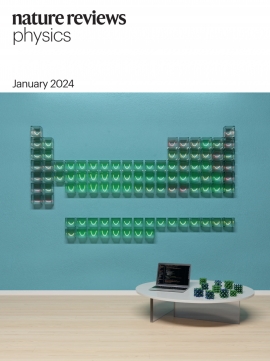Hyperfine properties at Zr sites of Zr-based compounds. A DFT FP-LAPW and GIPAW study
Abstract
We report Density Functional Theory calculations for the atomic positions and the electric-field gradients (EFG) at Zr sites in a series of Zr compounds, with the FP-LAPW and the GIPAW methods. These data are used to obtain a value for the nuclear quadrupole moments of 90Zr and 91Zr, of which the precision and reliability with respect to tabulated values is discussed. An error bar on our suggested values is provided. Good agreement is obtained between the (faster) GIPAW method and (slower yet established) FP-LAPW method, especially when identical atomic positions are imposed. This increases the confidence in GIPAW calculations for electric-field gradient and nuclear quadrupole moment determination.

